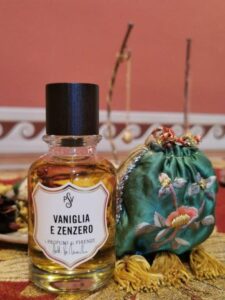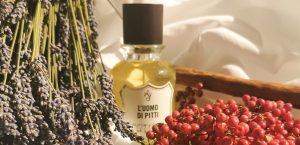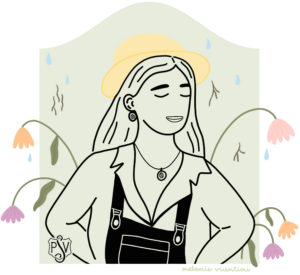THE POMANDERS PURSE
The sensory strategy that leads us to combine a perfume with a particular outfit has its roots in the habits of women of the 1400s who had many ways to insert perfumes into their outfits, these were solid perfumes that were inserted into gloves, necklaces, belts and bags. Used above all to leave the house in times when the streets of the cities were a bit smelly. The effluvia of their perfumes followed and surrounded them throughout the walk. The perfumes all had an abundance of base notes which made them even more persistent.
Pomander-purses, or sweet-bags, date back to the second half of the 16th century and the first half of the 17th century and appear to be a typically English object. They are small bags, square or almost square, embroidered on both sides, in colored silks and metallic threads, often with a floral design. Some feature gold, pearls and expensive fabrics. Tassels often decorate the bottom corners and edges. Many feature a long braided ring as well as a cord, suggesting that they were designed to be worn hanging from a belt. The bag was often worn around the person and carried herbs and scented essences to drive away the bad smells of everyday life.
VANILLA AND GINGER
Soon Spezierie Palazzo Vecchio will create this bag that you can choose to contain the products you buy and then use it as you wish. The first perfume available will be VANILLA AND GINGER: Sweet scent like Vanilla from Madagascar, but made more prickly by small drops of cypress, cloves and ginger. Fresh, spicy, exotic, ginger accompanies the bitterness and sourness of Calabrian citrus. A perfume created to remember the rough lands of Southern Italy






